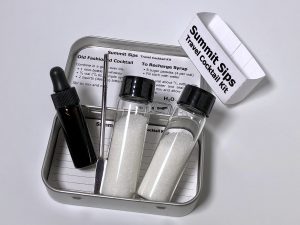
Japanese
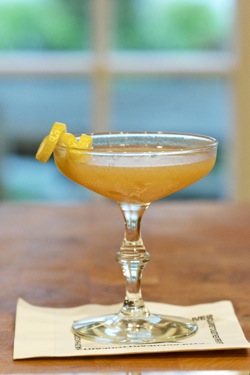 We are hoping that some of you decided to make orgeat syrup a while back when we posted the recipe and featured the Mai Tai as the Drink of the Week. If you skipped it, you can always buy some orgeat, but you really should try the Mai Tai made properly (using orgeat, no grenadine, no orange or pineapple juice). You can fuss over the rum if you like, but don’t let it stop you from making the Mai Tai altogether. So, enough about the Mai Tai. . .
We are hoping that some of you decided to make orgeat syrup a while back when we posted the recipe and featured the Mai Tai as the Drink of the Week. If you skipped it, you can always buy some orgeat, but you really should try the Mai Tai made properly (using orgeat, no grenadine, no orange or pineapple juice). You can fuss over the rum if you like, but don’t let it stop you from making the Mai Tai altogether. So, enough about the Mai Tai. . .
For those of you that have the orgeat syrup (or can spend some time to make some) here’s another classic recipe that makes great use of it. It’s called the Japanese Cocktail, and it’s very tasty. This one is easy and uses brandy as the base spirit. Now, some folks are confused about brandy, Cognac and Armagnac. Basically, brandy itself is distilled wine, and the wine is typically fermented grape juice—although technically, a brandy can be made from any fruit. Cognac and Armagnac are brandies from specific regions of France where distillers take great pride and care in creating a product of very high quality. As with any regional product, there are variations in flavor depending on the origin, time aged in barrels, vintage and so on. It can get a little overwhelming, but unless another fruit is specified, you can assume a brandy is made from grape wine, and price is often an indication of quality.
Japanese
2 oz brandy
.5 oz orgeat syrup
2 dashes Angostura BittersAdd ingredients to a mixing glass and stir with ice. Strain into a chilled cocktail glass garnish with a twist of lemon peel.
Back in Jerry Thomas’s day, the good professor would have used Boker’s Bitters. These bitters have long been extinct, but recently an enterprising fellow began making them again. Since they are still hard to find, we suggest Angostura, although you could probably try some of the other aromatic bitters that are available now. Should you use an expensive Cognac for this drink? Why not—it will certainly taste good. Do you need to use an expensive spirit? Heavens no. It’s going to be delicious anyway with your homemade orgeat syrup. Now, who can tell us how we made the cute, continuous-loop lemon twist garnish we have pictured here?
From The Shop:
Recommended:
You Might Also Like:
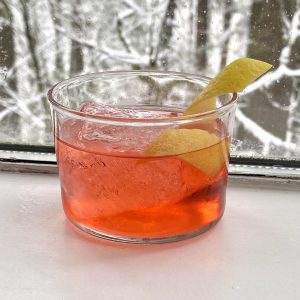
Jalisco Stroll
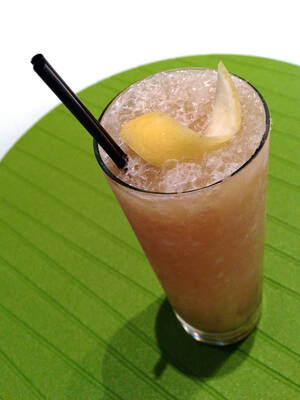
St. Stephen’s Sour

Drink with No Name: The Harrington
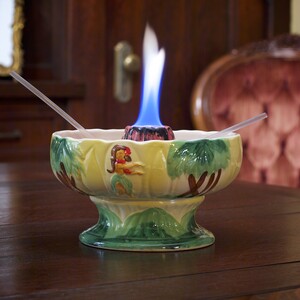
Volcano Bowl
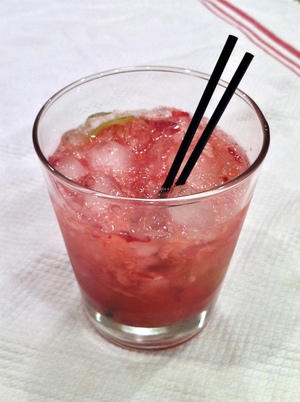
Cherry Caiprissima
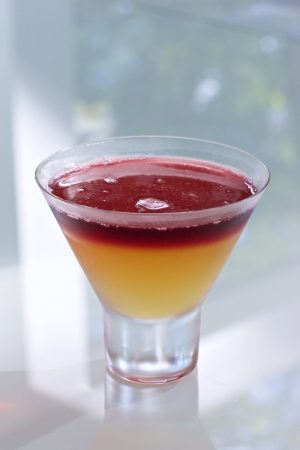
Gangs Of New York
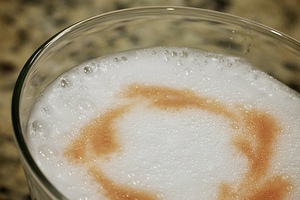
Pisco Sour
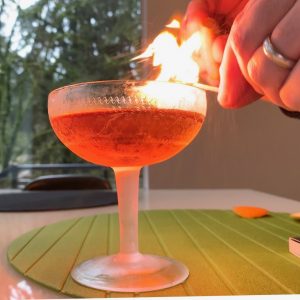
Jaguar
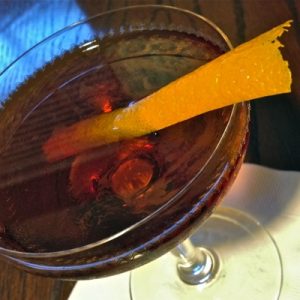
Cin Cyn
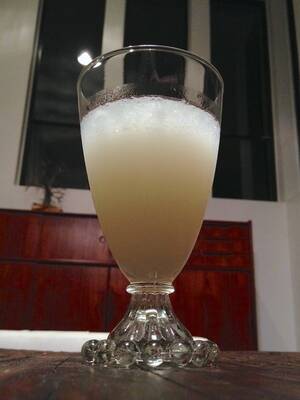
Absinthe Frappe

Margarita
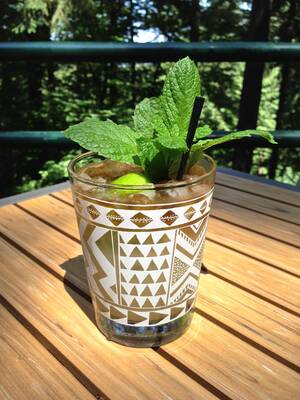
Mai Tai
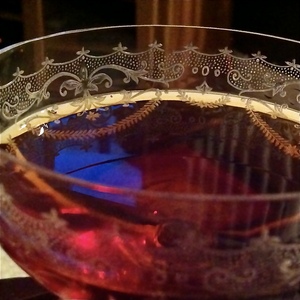
Newark
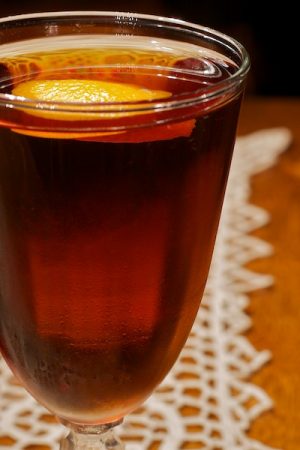
Anodyne
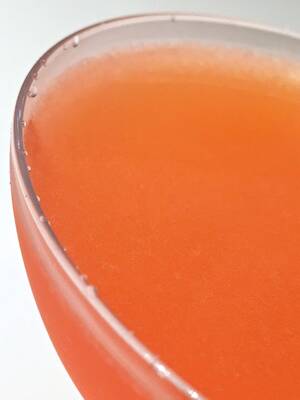
Naked and Famous
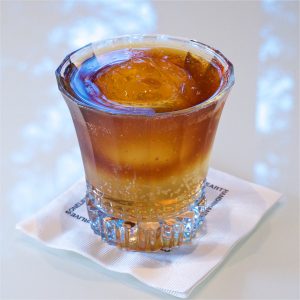
Cold Brew & Tonic
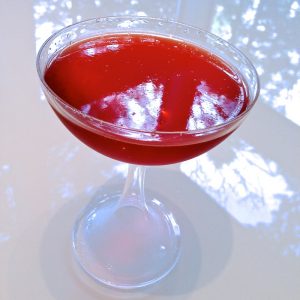
Eeyore’s Requiem

Floridita Cocktail

Chestnut Cup
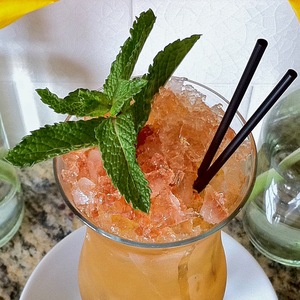
Queen’s Park Swizzle
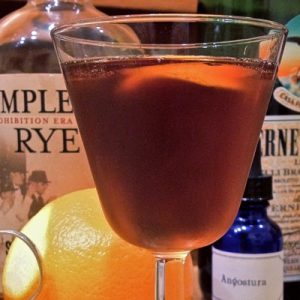
Toronto
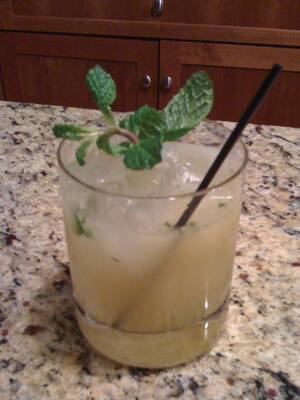
Whiskey Smash
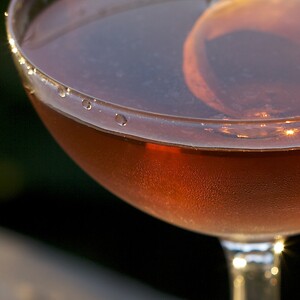
Bobby Burns
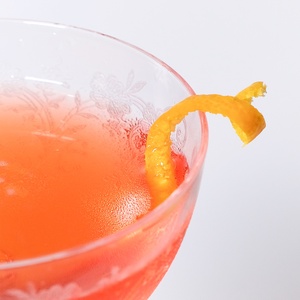
Fogerty
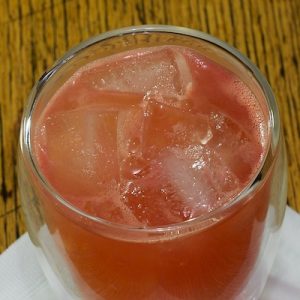
Saw Tooth

Basil Oil Garnish
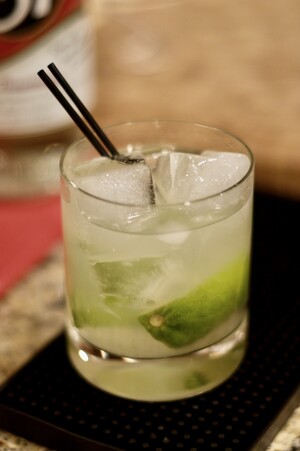
Caipirinha

Painkiller
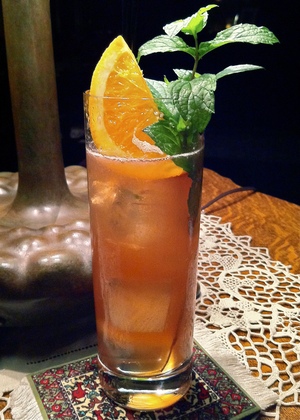
Singapore Sling

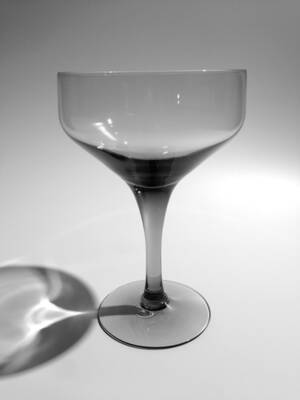


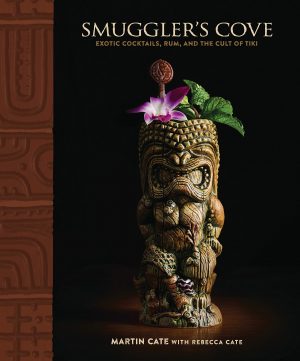
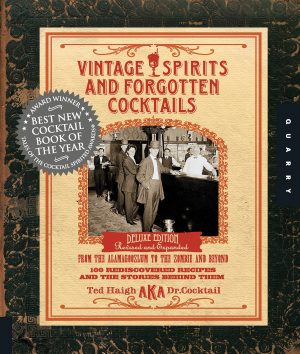
The Japanese Cocktail is truly a fantastic drink. I wouldn’t make it with anything less than a proper VSOP [e.g. Camus VSOP is not very well known, but supposed to be quite available and it one of the best VSOPs of the bigger companies]. XO would be even better – but really expensive. Brandy can be a bit confusing – as the terms Apricot Brandy, Cherry Brandy etc are not meant in the original sense of brandy. These are liqueurs. I am a big fan, of defining brandy as only GRAPE based! And one thing, which is also quite important:… Read more »
I like your thoughts on the rules around brandy. This is why it continues to confuse people. Maybe brandy would be a more popular base spirit if there was better understanding around the labeling. Certainly, there are rules regarding VSOP and XO designations, but you just don’t see much marketing effort to explain such details. And I agree that liqueurs should not be called brandy even though they may be brandy based. However, eau de vie–actual distilled fruit wine–would certainly qualify, but it’s going to take time for the general public to understand these differences. They seem obvious to discerning… Read more »
The problem is, that brandy is in most countries not a protected designation [rum for example is in most countries protected, london dry gin as well, or whisk[e]y – not in all countries, but at least in most]. The VS, VSOP and XO certifications applying also only to Cognac and Armagnac, are only protected, if they applies directly to the French products and the minimum requirements are impressively over-delivered [a VSOP has to be aged a minimum 4 years – a XO minimum 6 years – but the realistic youngest age of a VSOP is often more than 6 years… Read more »
You nailed it. It’s going to be darn near impossible to enforce consistency for every product in every country. It will be easier (though still not easy) to educate consumers. Thanks for your comments!